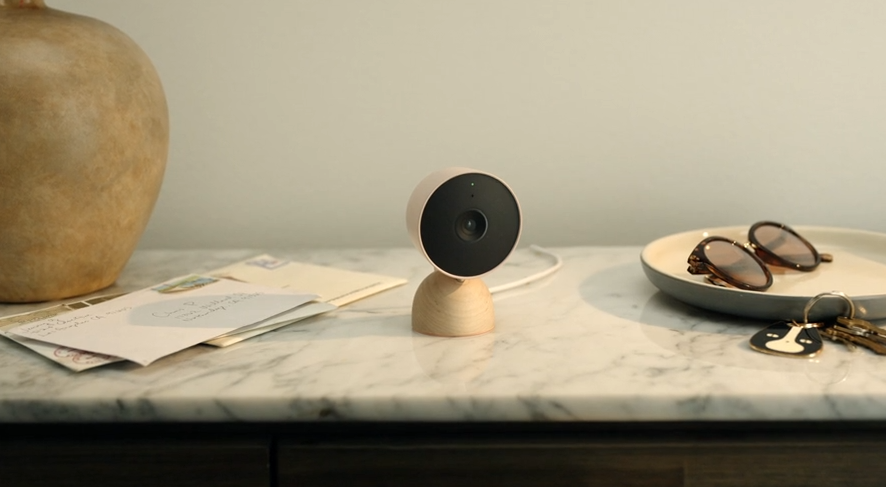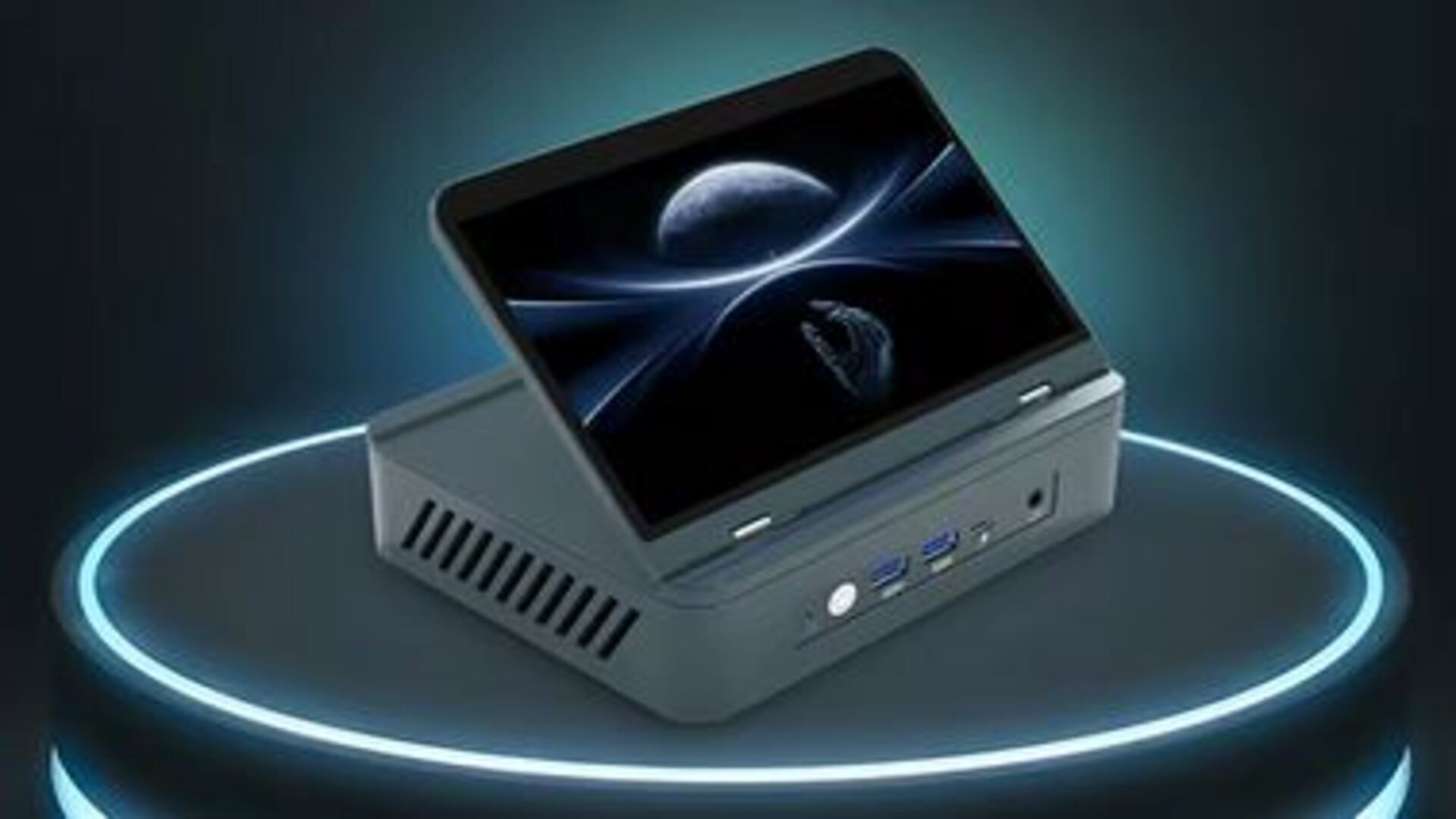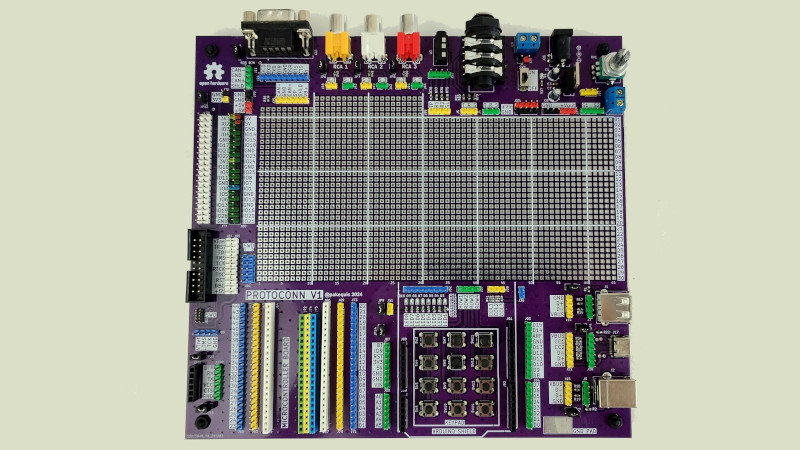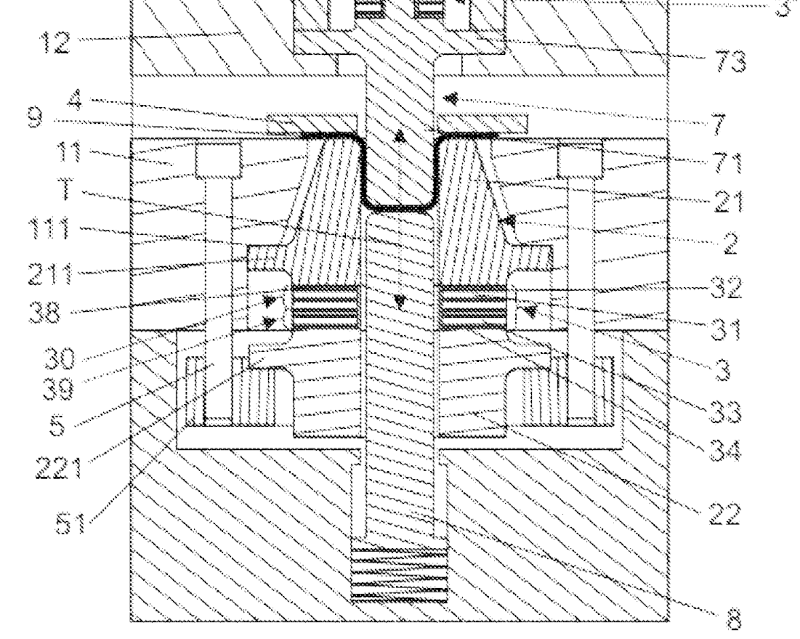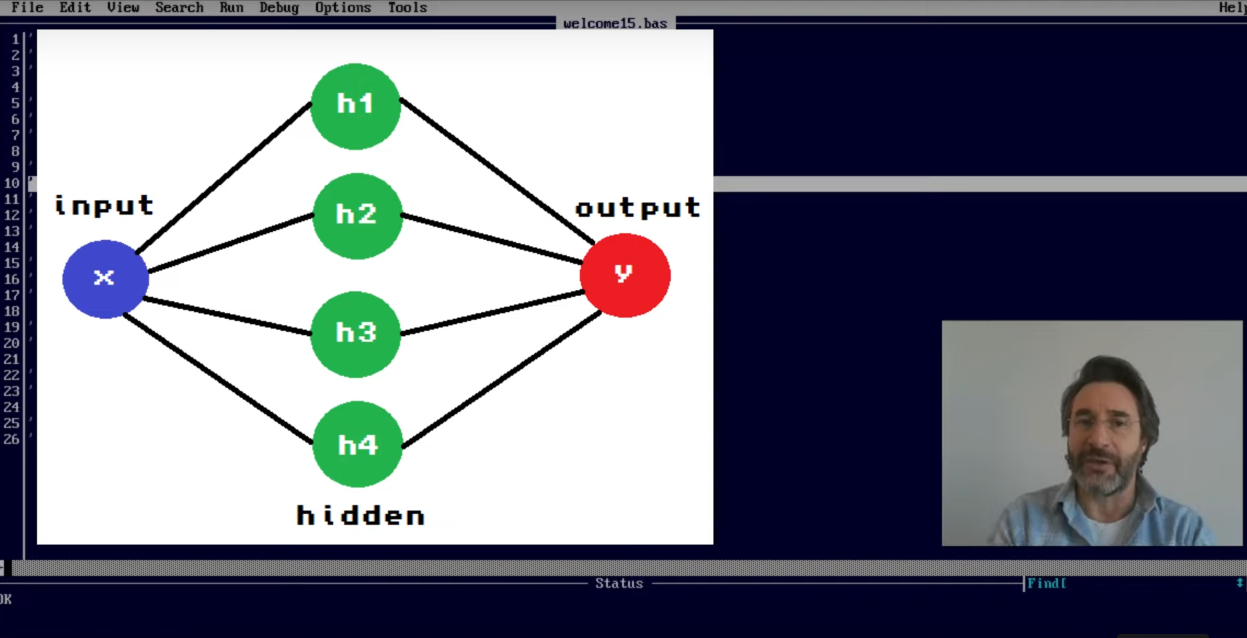Supercon 2024: Quick High-Feature Boards With The Circuit Graver
These days, if you want to build something with modern chips and components, you probably want a custom PCB. It lets you build a neat and compact project that has …read more


These days, if you want to build something with modern chips and components, you probably want a custom PCB. It lets you build a neat and compact project that has a certain level of tidiness and robustness that you can’t get with a breadboard or protoboard. The only problem is that ordering PCBs takes time, and it’s easy to grow tired of shipping delays when you don’t live in the shadow of the Shenzhen board houses.
[Zach Fredin] doesn’t suffer this problem, himself. He’s whipping up high-feature PCBs at home with speed and efficiency that any maker would envy. At the 2024 Hackaday Supercon, he was kind enough to give a talk to explain the great engineering value provided by the Circuit Graver. (He was demoing it in the alley too, but you had to be there.)
It’s always been possible to make PCBs at home. Many have experimented with irons and toner and etchant baths to varying levels of success. You can do great things if you invest in tools and upskilling, but fundamentally, it can be difficult to make good PCBs that do what you want. After all, there are a things that you might want out of your custom PCBs—fine traces a being prime among them. These can be challenging to do at home with traditional techniques.
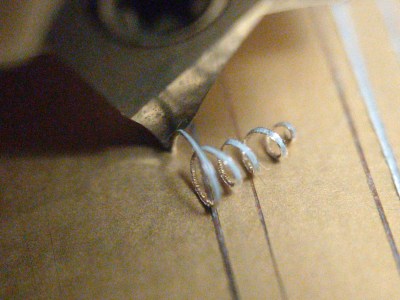
[Zach’s] focus was on finding a way to make these “high feature” boards at home—specifically, referring to boards with an excellent minimum feature size. Right away, his talk shows off an example board, featuring an 0.5 mm-pitch DFN chip, paired with 0804 resistors and 0402 LEDs. [Zach] made this board in his apartment, using a machine of his own creation—the Circuit Graver.
You might be expecting some kind of laser-etching machine or a PCB mill, but the Circuit Graver is a little different. Instead of a high-speed spinning engraving head, it uses a pointy tool to scrape copper-clad boards to create the desired traces. [Zach] was inspired to go with this route due to the limitations he’d found during his experiences with traditional PCB milling machines. He found them be loud, messy, and slow, and limited in their resolution. He’d found it difficult to build designs with anything smaller than DIP or SOIC chips when relying on milled boards.
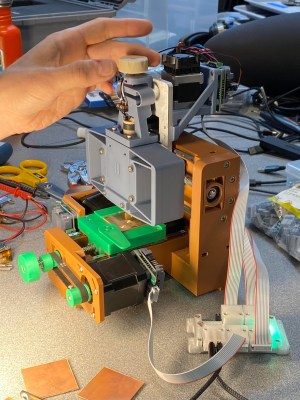
The Circuit Graver was spawned by a technique [Zach] developed years ago, when he started carving boards using a modified box cutter blade by hand, before realizing the same technique could benefit from the magic of Computer Numerical Control (CNC). Rather than move the tool yourself, why not have the computer do it more accurately?
The machine design itself is conventional, but packed with clever details, and built with eBay parts and 3D-printed components. [Zach] built a Cartesian motion platform to move the tool over a copper clad board, with X and Y axes for positioning and a Z axis to lift the tool when necessary and also control the downward pressure. There’s also a stepper motor for the tool, to keep the cutter lined up with the direction of the trace to be carved.
You could do this with a box-cutter blad, but that is not quite good enough for the resolution that [Zach] was hoping to achieve. To that end, he equipped the Circuit Graver with a carbide insert intended for use as lathe tooling. The tool has a 100 micron tip radius which can create a 0.2 mm trench in copper-clad board, right out of the box. That allows the creation of traces roughly around 8 mil or so. You can even sharpen the tooling and get it down to 0.1 mm or less, which is theoretically good enough for 4 mil spaces. That’s perfect for working with smaller feature size parts.
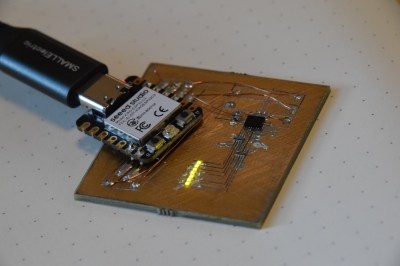
[Zach]’s talk provides a realistic assessment of the Circuit Graver’s real-world performance. Right now, it’s capable of carving 8/8 (0.2 mm) features on small boards quite well, while 6/6 (0.15 mm) features are “marginal.” The hope is to get down to 4/4 (0.1 mm) level with future upgrades. Speed is excellent, however—the Circuit Graver can carve good traces at 20-50 mm/s. For now, though, manual setup is still required—to ensure correct zeroing and that the tooling pressure is correct, for example.
It’s not something you’d use for production PCBs, per se—a real board house will always win for those sort of applications. However, for producing boards for quick prototyping, even with modern fine-featured components? It’s easy to see the value of the Circuit Graver. Imagine ordering some new parts and whipping up a unique project board just minutes or hours after you finish the design on your PC—it’s almost intoxicating to think about.
We actually featured the Circuit Graver on the blog last year—and there are design files on Hackaday.io for the curious. If you’re eager to start whipping up simple high-feature boards at home, it might be a build worth looking into!






















































.jpg)
%20Abstract%20Background%20112024%20SOURCE%20Amazon.jpg)


















































































































![[The AI Show Episode 142]: ChatGPT’s New Image Generator, Studio Ghibli Craze and Backlash, Gemini 2.5, OpenAI Academy, 4o Updates, Vibe Marketing & xAI Acquires X](https://www.marketingaiinstitute.com/hubfs/ep%20142%20cover.png)
































































































































![From drop-out to software architect with Jason Lengstorf [Podcast #167]](https://cdn.hashnode.com/res/hashnode/image/upload/v1743796461357/f3d19cd7-e6f5-4d7c-8bfc-eb974bc8da68.png?#)
















































.png?#)



























































































_Christophe_Coat_Alamy.jpg?#)







































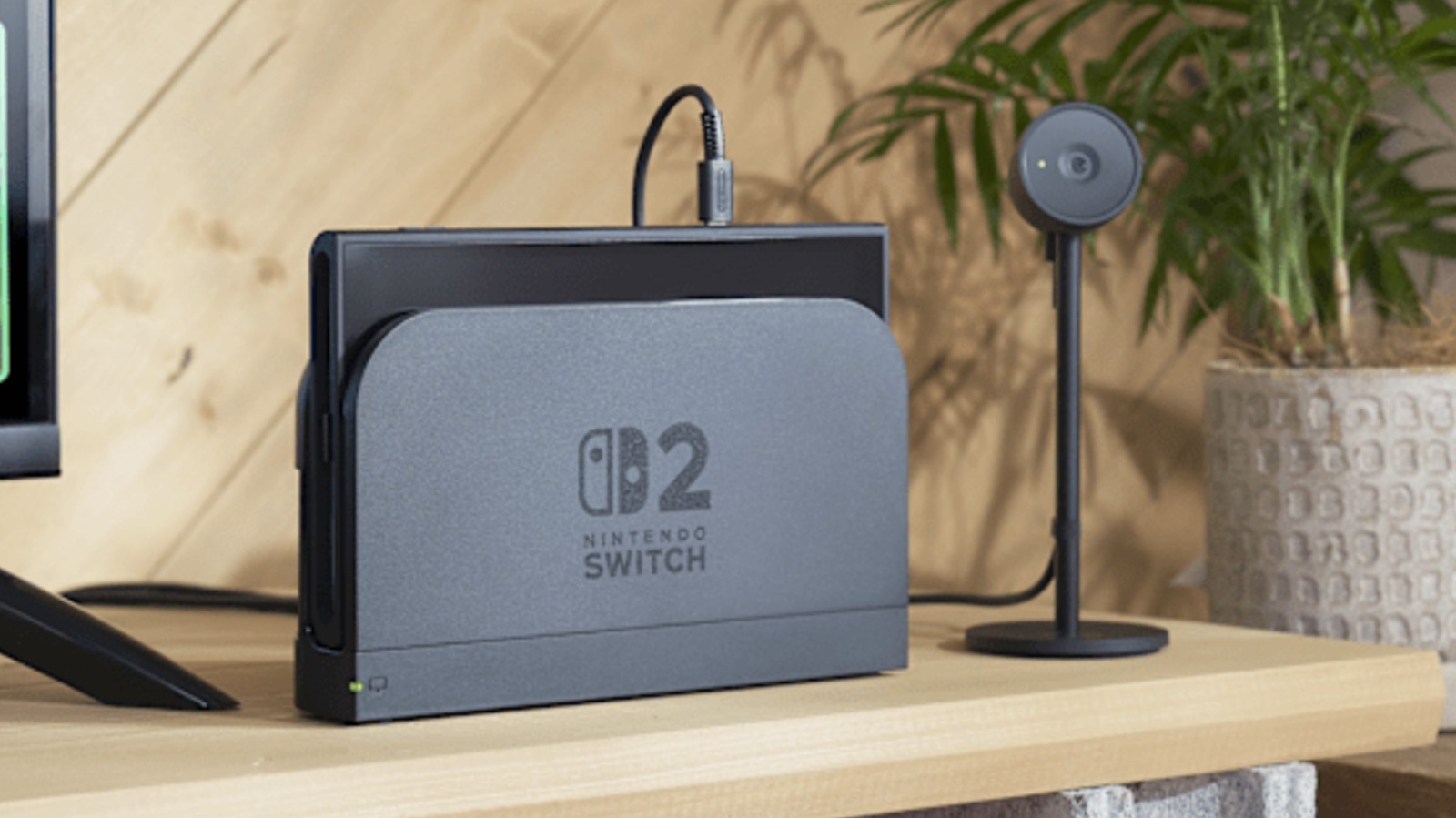




































































![Rapidus in Talks With Apple as It Accelerates Toward 2nm Chip Production [Report]](https://www.iclarified.com/images/news/96937/96937/96937-640.jpg)


















